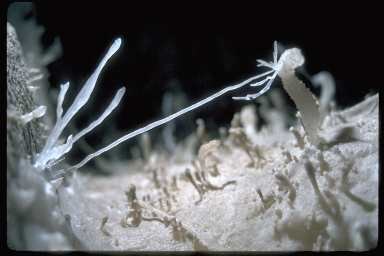
Photo by Steven M. Bumgardner 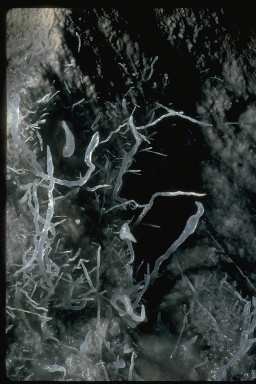
Photo by Mark Fritzke 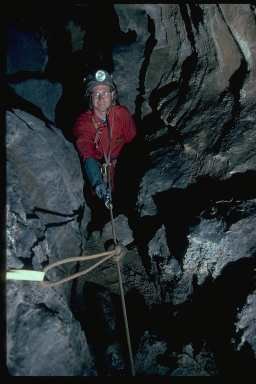
Photo by Dave Bunnell 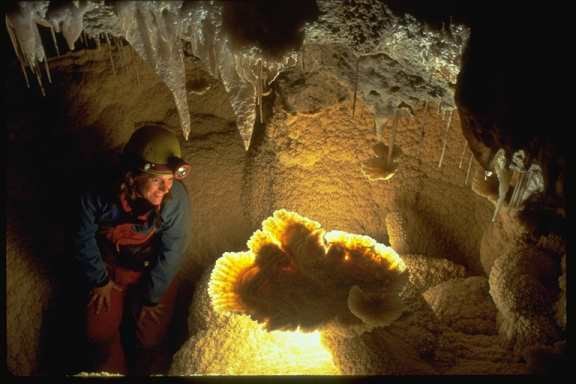
Photo by Dave Bunnell 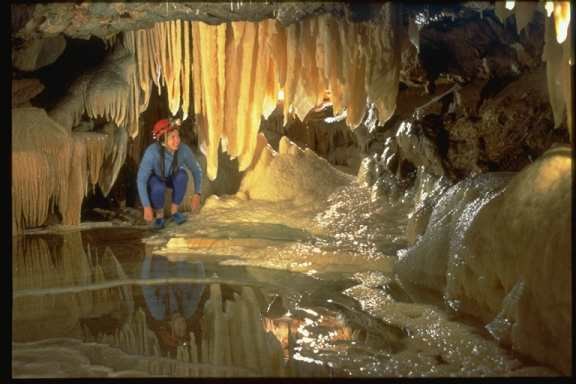
Photo by Peter and Ann Bosted 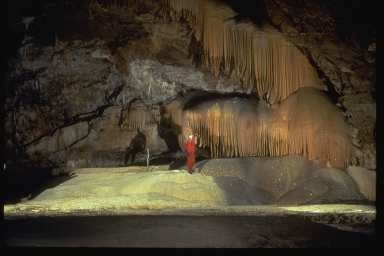
Photo by Peter and Ann Bosted 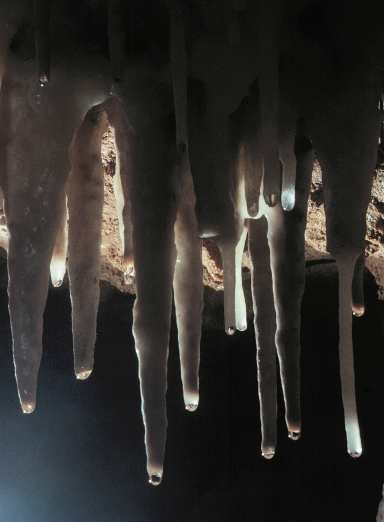
Photo by Peter and Ann Bosted 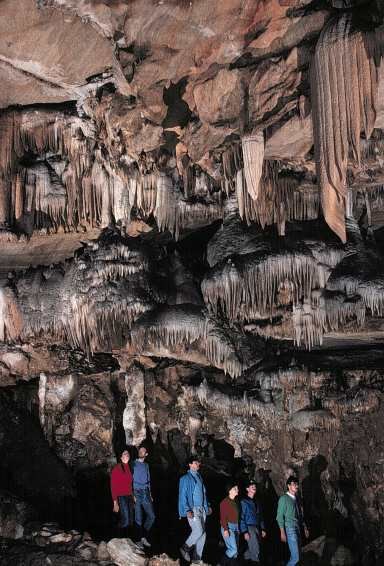
Photo by Peter and Ann Bosted 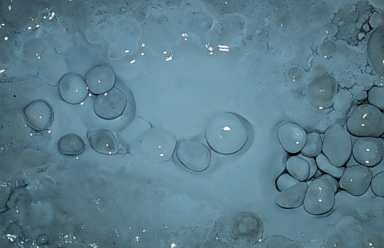
Photo by Peter and Ann Bosted 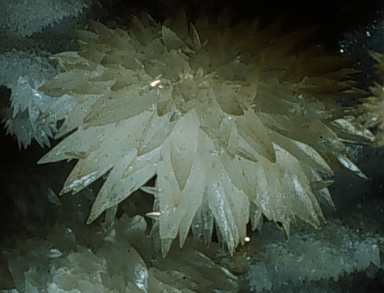
Photo by Peter and Ann Bosted 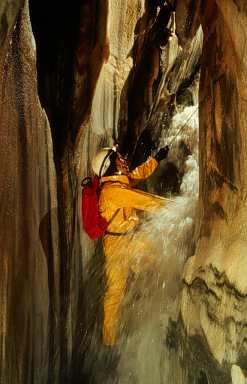
Photo by Peter and Ann Bosted 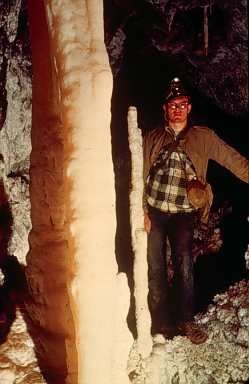
Photo by George Moore 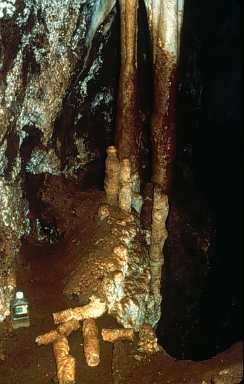
Photo by Bruce Rogers 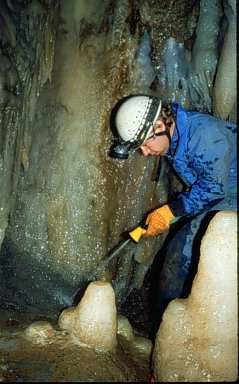
Photo by Jim Hildebrand 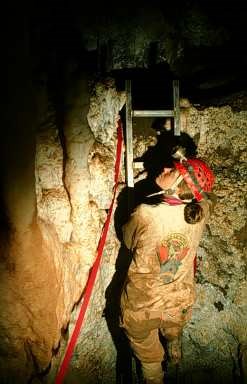
Photo by Greg Stock |
Last updated: March 1, 2015
